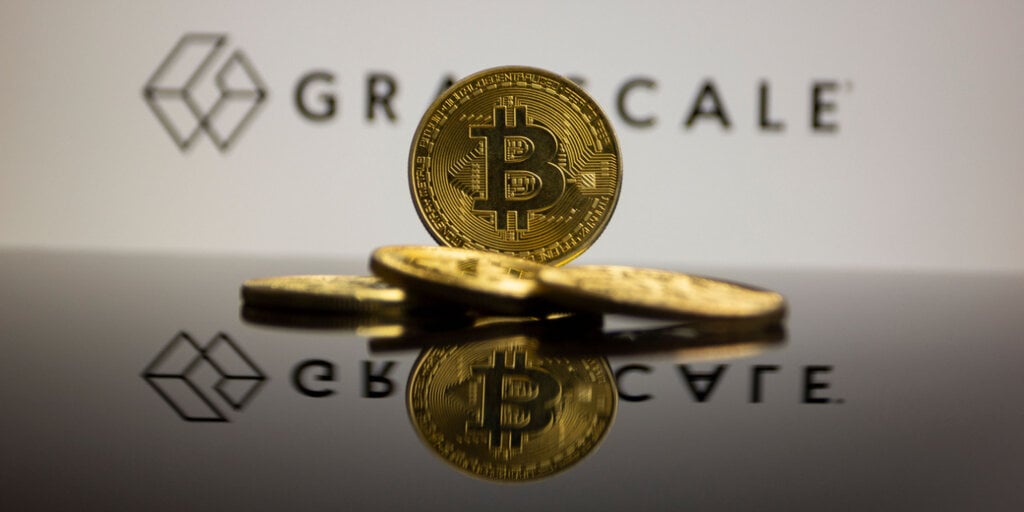Challenges Faced by Bitcoin ETFs Post-Peak
Following a decline in Bitcoin prices after reaching its peak, the market for spot Bitcoin ETFs is experiencing a noticeable cooling effect. Despite Bitcoin hitting new highs above $73,000 per coin, it is currently trading significantly below its record of $69,044 set in 2021. One of the primary factors contributing to this trend is the substantial outflow of capital from Grayscale’s Bitcoin Trust (GBTC).
Originally operating as a closed-end fund for several years, GBTC has transitioned into an exchange-traded fund, making it easier for investors to redeem their shares and realize their profits. Recent data indicates that GBTC witnessed outflows exceeding $12 billion, marking the highest outflow for an ETF since March 2009. This movement has been attributed to investors seeking less expensive alternatives, as GBTC charges higher fees compared to other similar funds.
Changes in Investor Behavior
The shift towards more cost-effective ETFs is evident, with Grayscale seeking to offer a new Bitcoin ETF with reduced fees in response to market demand. Additionally, fund manager VanEck temporarily waived fees for its Bitcoin ETF to attract more clientele. Despite the significant outflows from GBTC, investor interest in Bitcoin ETFs remains strong, with other ETFs still experiencing notable inflows.
According to ETF and technical strategist Todd Sohn, the overall demand for Bitcoin ETFs remains robust, highlighting ongoing investor confidence in the market. While Bitcoin’s current downward trajectory may raise concerns, Sohn emphasizes that the overall momentum for Bitcoin ETFs remains positive, with continued interest from investors in these investment vehicles.
Image/Photo credit: source url





